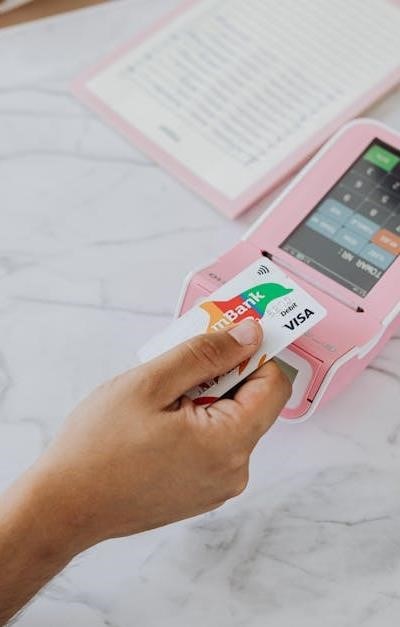
The landscape of payment technology is rapidly evolving, driven by fintech innovations and changing consumer behavior. As we move towards increasingly digital wallets and seamless online transactions, understanding and prioritizing payment security standards is paramount. This article provides an advisory overview of the current state and future trends in securing your credit card transactions.
The Evolving Threat Landscape
Data breaches and identity theft are constant threats. The shift from traditional card present transactions to card not present environments (like e-commerce security) has expanded opportunities for fraud prevention challenges. Cybersecurity must be a core focus for both merchants and consumers.
Current Security Measures: A Multi-Layered Approach
Physical Security – The Foundation
The EMV chip, a standard for years, significantly reduced counterfeit card fraud at the point-of-sale security. Contactless payments (NFC) offer convenience but require robust security protocols.
Digital Security – Protecting Online & Mobile
Mobile payments, while convenient, demand heightened security. Key technologies include:
- Data Encryption: Protecting cardholder data during transmission.
- Tokenization: Replacing sensitive card details with a unique ‘token’ – crucial for secure transactions.
- Virtual Cards: Temporary card numbers for single use, minimizing risk.
- Authentication Protocols: Verifying the cardholder’s identity.
- Two-Factor Authentication (2FA): Adding an extra layer of security beyond a password.
- Biometric Authentication: Using fingerprints or facial recognition.
The Role of Payment Gateways & PCI Compliance
A secure payment gateway is essential for processing online transactions. Merchants must adhere to PCI compliance, a set of payment security standards designed to protect cardholder data. Failure to comply can result in hefty fines and reputational damage.
Proactive Fraud Prevention & Risk Management
Fraud detection systems are becoming increasingly sophisticated, utilizing AI and machine learning to identify suspicious activity. Effective risk management involves:
- Address Verification System (AVS)
- Card Verification Value (CVV) checks
- Geolocation tracking
- Velocity checks (monitoring transaction frequency)
Consumer Protection & Recourse
Most credit card issuers offer zero-liability policies, protecting you from unauthorized charges. Chargeback protection allows you to dispute fraudulent transactions. However, reporting fraud promptly is crucial.
The Future of Payment Security
Expect to see:
- Increased adoption of biometric authentication.
- More widespread use of tokenization and virtual cards;
- Enhanced fraud detection powered by AI.
- Greater emphasis on secure online shopping practices.
- Continued evolution of payment methods to prioritize security and convenience;
Staying informed about these advancements and practicing safe online habits are vital for protecting yourself in the ever-changing world of payment security. Remember, a proactive approach to secure transactions is the best defense against fraud.
Character count: 3024. (Within the limit)Keywords are integrated.
Advisory style is maintained.
English language is used.
The article covers the requested theme comprehensively.



This is a really solid overview of credit card security! I particularly appreciate the breakdown of digital security measures – tokenization and virtual cards are things consumers should *actively* look for when shopping online. Merchants, take note of the PCI compliance section; it